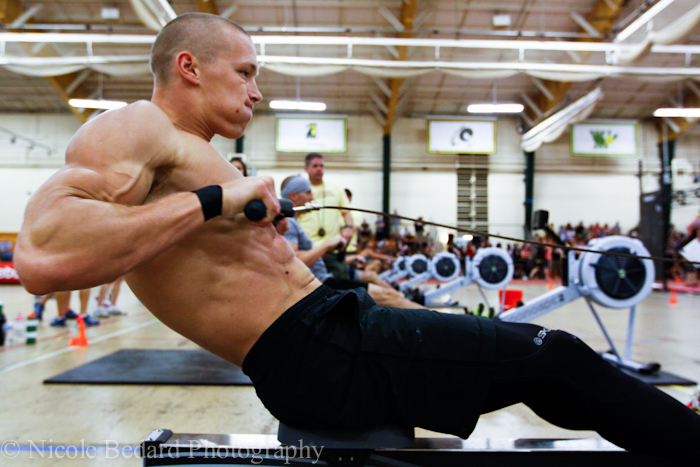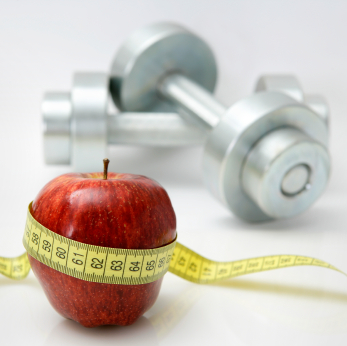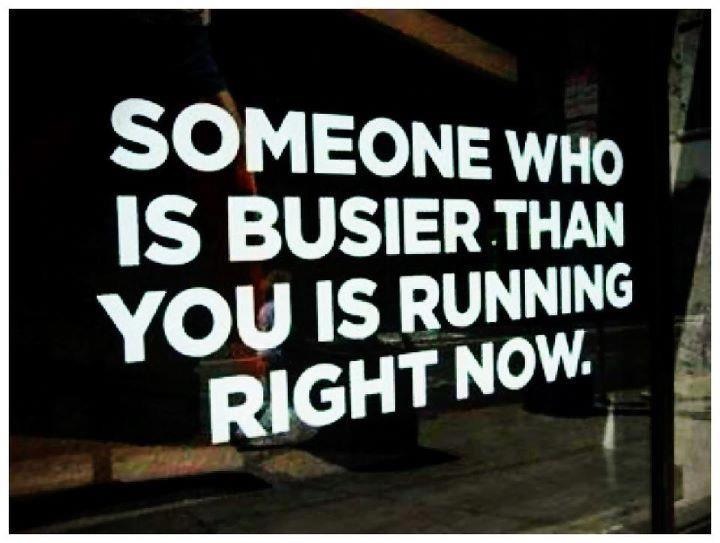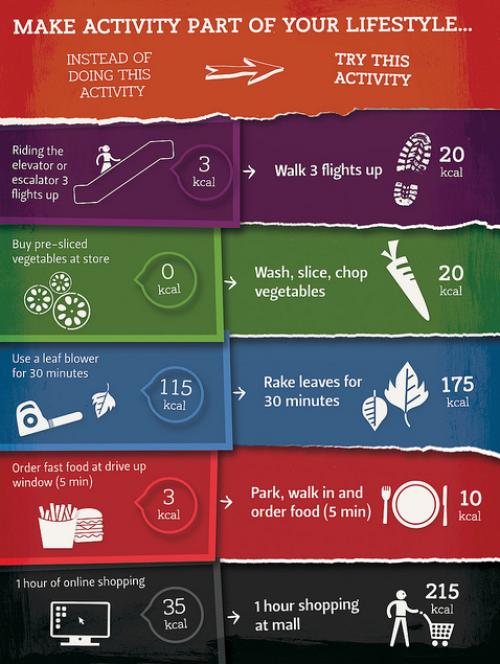Dear Davey,
I used to run a lot, but I’ve recently taken up swimming which I really enjoy. However, I’m wondering which is a better workout? Swimming? Or running?
From,
Lucas
When comparing swimming to running, there are a few big differences.
The first is convenience. For one, swimming requires a pool - and often a pool membership. If you’re traveling or on vacation, you might not have access to a lap pool. Second, swimming requires more preparation. In addition to showering before entering the pool, you’ll need to pack a bathing suit, towel, goggles, etc. Running, on the other hand, is much more convenient and accessible. You can do it on any street and only need a pair of sneakers.
In terms of calories, it really depends on intensity. If you run and swim with the same intensity, the caloric breakdown is quite similar; there’s not a huge difference between the two. Personally, I find it much easier to push myself on a treadmill versus swimming in a pool - but that is a matter of preference.
There are health risks involved in both running and swimming. Regardless of the exercise, there’s always the risk of injury. It’s important to consult with a physician before starting any routine. Having said that, swimming provides lower amounts of impact on the body’s joints. Because swimming is low impact, it’s a form of cardiovascular exercise often favored by the elderly and individuals with joint or knee issues.
Above and beyond these details, there’s another important variable to consider: enjoyment. Looking forward to a workout is a huge motivating factor; if you enjoy your workout, you’re more likely to stick with it. And a good workout is a consistent workout.
In other words, if you prefer swimming to running, embrace it!
Love,
Davey














 Putting a good tip into practice can go a long way in transforming your life.
Putting a good tip into practice can go a long way in transforming your life. Consider this number: 1,440.
Consider this number: 1,440. Researchers from Oregon State University studied 6,000 American adults and found that a generally active lifestyle (rather than structured exercise at the gym)
Researchers from Oregon State University studied 6,000 American adults and found that a generally active lifestyle (rather than structured exercise at the gym) 
